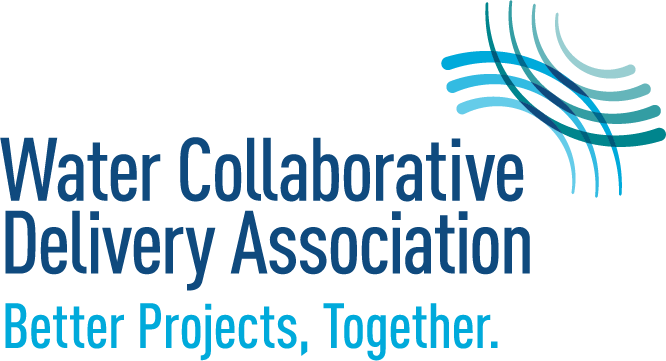Meeting Infrastructure Challenges in Small Communities
Across the nation, small communities face growing water and wastewater infrastructure needs as life expectancy of the infrastructure is exceeded, resources and/or experience are limited, and capital funding is not available. Aging systems, regulatory compliance, and limited local resources create complex challenges for cities, utility districts, and rural water providers.
Traditional project delivery methods like design-bid-build (DBB) often fall short in these settings, creating delays, cost overruns, and missed opportunities for early collaboration. Design-build (DB) and progressive design-build (PDB) offer a smarter, more efficient path forward—tailored to meet the needs of these small communities.
What is Design-Build/Progressive Design-Build?
Design-build/progressive design-build are collaborative project delivery methods where the project owner selects a single design-build team based on qualifications rather than lowest bid. The team then works closely with the owner through a two-phase process:
1. Phase 1 – Collaborative Design & Cost Validation
The design-build team and owner jointly develop the project scope, design, and budget, allowing owners to make informed decisions early with continuous cost transparency.
2. Phase 2 – Construction
After agreement on scope and price, the same team transitions seamlessly to construction, minimizing rework and change orders.
Why PDB Makes Sense for Small Communities
💡 Early Collaboration = Better Outcomes
Early collaboration fosters early engagement between owners, engineers, and contractors, ensuring that small community concerns like budget, constructability, permitting, and local operations are addressed from day one. It also reduces the risk on the community because the project team takes on more responsibility.
💸 Predictable Costs & Reduced Risk
Cost estimates are validated and refined during design, before construction begins, reducing the surprises that small communities can least afford.
🚧 Accelerated Schedules
With design and construction overlapping, and fewer change orders, DB and PDB enable projects to move from planning to delivery faster—helping communities meet urgent regulatory, funding, or service demands.
🤝 Single-Point Accountability
Collaboration doesn’t mean one size fits all. When a project is done well, it allows smaller communities to fit the unique needs with support from a larger team. Instead of managing separate contracts for design and construction, there is a single point of contact which lessens the chance of miscommunication and eases the workload for communities with limited staff or project management experience. One unified team is responsible for the entire project life cycle, streamlining communication and accountability.
Specific Benefits for Small Communities
| CHALLENGE | PDB ADVANTAGE |
| Limited staff & engineering support | Early partnership with experts reduces burden on local staff. |
| Tight budget | Transparent cost validation before construction reduces budget risk. |
| Aging infrastructure | Integrated design and construction expertise minimizes disruption to existing systems. |
| Regulatory pressure | Faster delivery helps meet compliance deadlines. |
| Funding & grant cycles | Collaborative scoping allows alignment with available funding windows. |
Proven Success in Smaller Communities
Numerous water and wastewater projects across the US have demonstrated that collaborative delivery:
• Delivers lower total project costs than traditional methods;
• Reduces change orders and legal disputes;
• Accelerates schedules by up to 30%; and
• Improves project quality and owner satisfaction.
For small communities, every dollar, day, and decision counts. Collaborative delivery offers a smarter, more reliable way to modernize critical infrastructure while reducing the administrative burden on limited local resources.
Empowering Small Communities with Collaborative Delivery
Water and wastewater systems are the backbone of public health and economic vitality. For small communities, collaborative delivery offers the flexibility, transparency, and collaboration needed to stretch limited dollars and deliver lasting value.
Let’s Build Smarter, Together.
Contact your industry organizations to learn how collaborative delivery can help your community meet infrastructure needs now and in the future.

